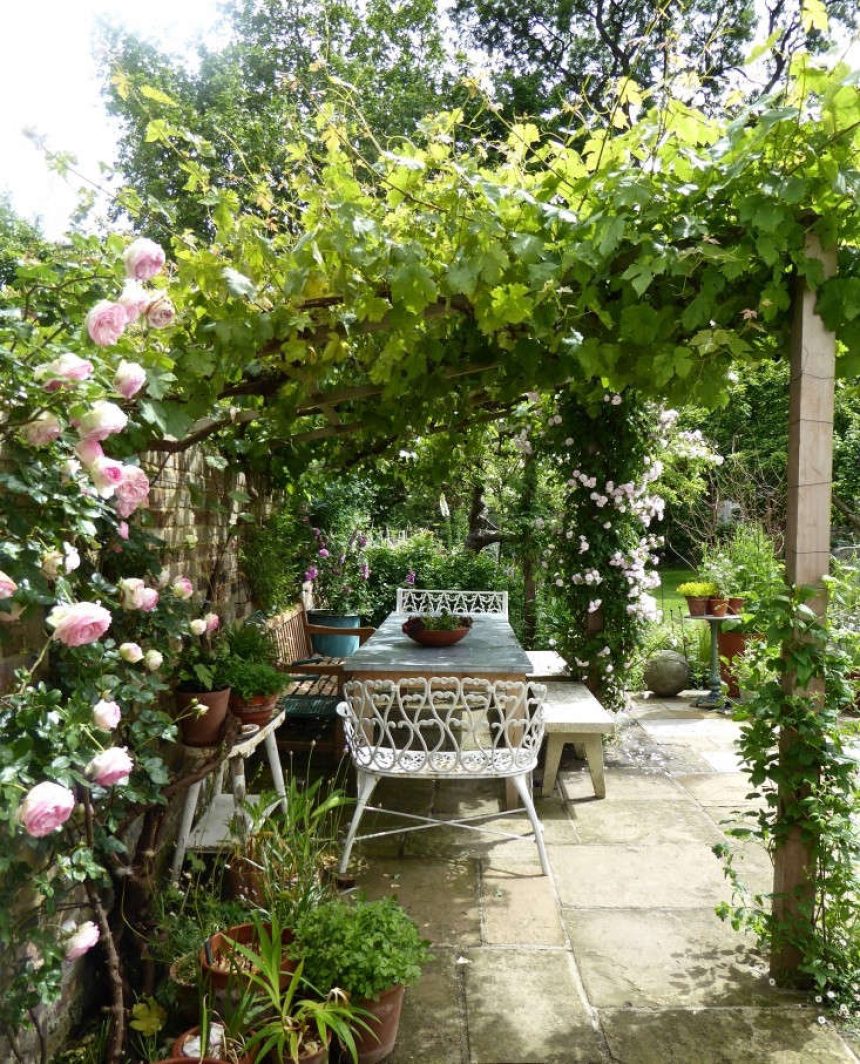All week, we’re resurfacing the most popular posts published on Gardenista this year. If this story is new to you, enjoy! And if you’ve already read this before, we hope you’ll like it just as much as the first time around.
‘But what shall I do with the garden?’ As an avid gardener with friends who have little or no experience in cultivating plants or designing a garden, this is a question I am often asked. Faced with a blank canvas, a limited budget, and next to no planting knowledge, many new garden owners find themselves unsure how to approach what could be their very first outdoor space. The answer, perhaps, is more simple than they think. Approach it just as you would approach a new home, with the same pragmatic starting points followed by largely subjective decisions.
In this story, my first in a new series on creating a garden from scratch, I offer pointers on how to begin your garden journey.
1. Assess the space.
Start with a clean slate. If the garden is overgrown, clear the surface mess to get an accurate picture of the size of the space, any paths or hardscaped areas as well as boundaries. Then make a scale drawing. What are the boundaries made from? Are there hedges that you can prune and shape? Or fences that are potential spaces for climbers? If you dislike a fence, it can probably be painted to create an easy and effective makeover.
2. Wait and watch.

It’s all too easy to go charging in, loppers in hand, and remove plants, shrubs, or trees, especially if you are assessing the garden in a season when little seems to be in flower or leaf. Instead of being hasty and potentially making bad pruning decisions, spend time watching the garden, ideally for a year—it’s the best way to begin. This gives you time to really get a sense of how light moves through the garden in different seasons (it will dramatically change from summer to autumn or winter). And it also offers you a chance to see how shrubs and trees look in different seasons, too, as well as any herbaceous perennials and bulbs that may appear. Mature plants are very expensive to replace, so you want to be absolutely sure before you remove them from the landscape. Last, you’ll want to be on the lookout for any visiting wildlife, which will ultimately be a key element of your garden.
3. Make a mood board.

Chances are, you will already have years of saved images on Instagram or Pinterest. (If you don’t, start saving—both are great methods to collect inspiration.) Putting these all onto a big board will allow you to figure out the landscape styles and plant types that you gravitate toward. Are your favorite gardens formal with lots of structure, or do they tend to be wild and naturalistic? Are your preferred plants blowsy and romantic, or do you lean towards the dynamic forms of ornamental grasses and new perennial planting? Look for the common themes, while also observing your own space and getting a feel for what could fit. If there are particular garden designers you admire, gather images of their projects, too; quickly, a certain palette and planting preferences will begin to emerge.







